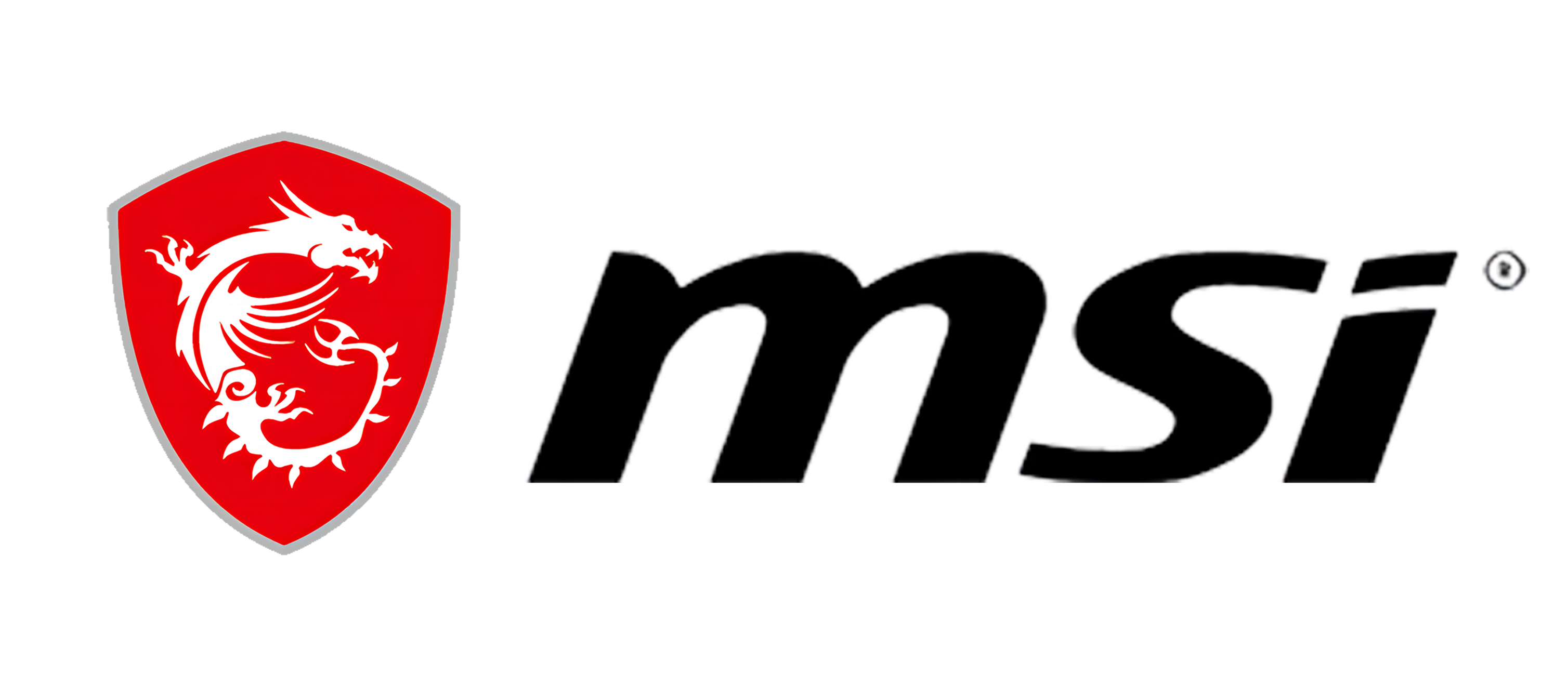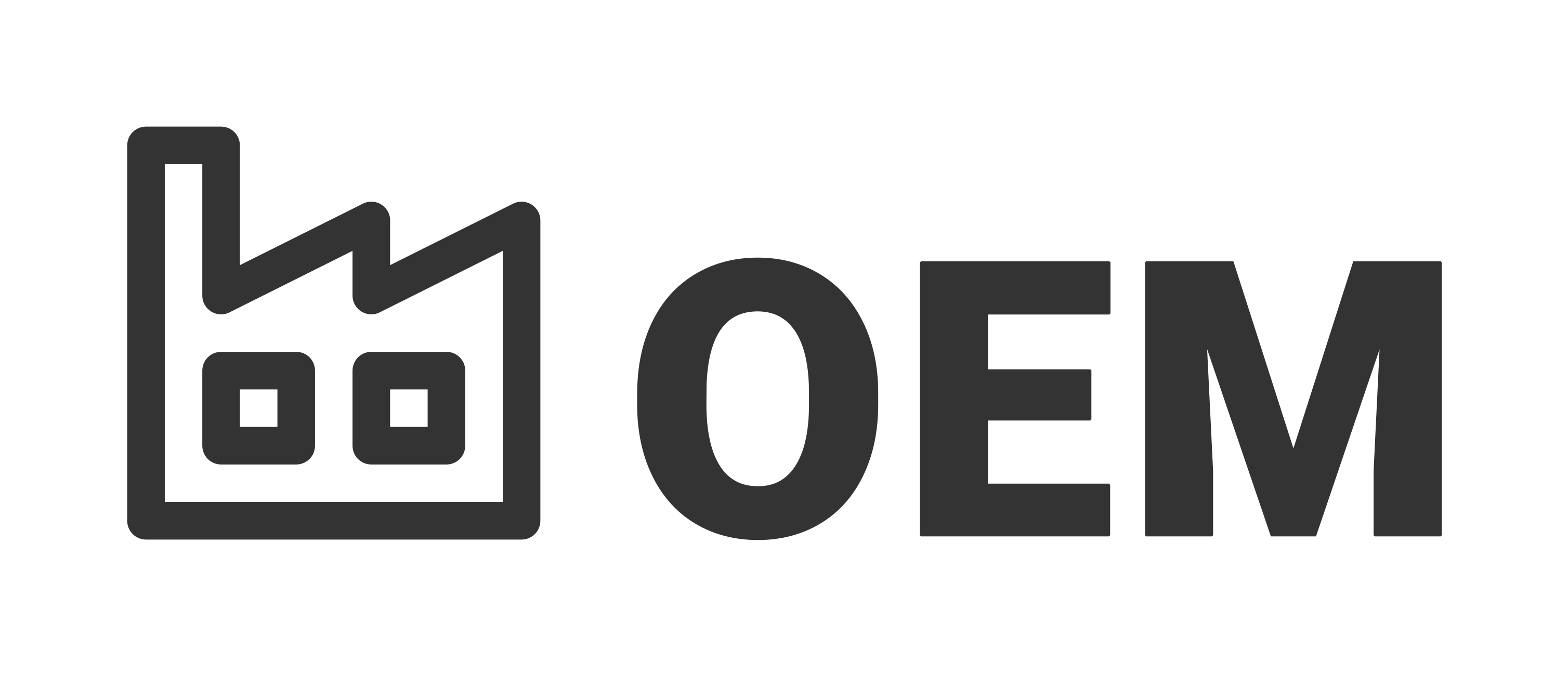NVIDIA has once again dominated the market, with the latest data showing their share of the discrete GPU market has surged to an astonishing 94%! In other words, out of every 100 discrete graphics cards, 94 are from NVIDIA, making it practically the "undisputed king of the graphics card world." As for AMD, they only managed to secure 6% of the market share in Q2 2025, while Intel remains steady at 0%, as if saying, "I'll just watch from the sidelines—you guys keep fighting."
What supports this staggering market share is NVIDIA's formidable product and technological iteration capabilities. The Blackwell architecture hasn't even cooled off yet, and its upgraded version, "Blackwell Ultra," is already on the way, expected to debut later this year with models including the B300 and GB300, continuing to target the AI and supercomputing markets.
This GB300 is no minor tweak: it's the first to support PCIe 6.0, doubling bandwidth and boosting performance by 50%! However, the cost is significant, with maximum power consumption jumping from 1200W to 1400W—clearly, Jensen Huang has decisively chosen performance over electricity bills. The manufacturing process still uses TSMC's 4NP, maintaining 208 billion transistors, and continues to use NV-HBI for dual-die interconnection (with a bandwidth of 10TB/s), featuring 160 SM units and 640 fifth-gen Tensor cores. The real major upgrades lie in the introduction of PCIe 6.0 and support for HBM3E memory, now expanded to 288GB with a staggering bandwidth of 8TB/s. NVFP4 dense computing performance has increased by 50% to 15 PFlops, while SFU attention acceleration capability has more than doubled from 5 TF/s to 10.7 TF/s. Beyond heavy-duty products for data centers and AI computing, NVIDIA hasn't forgotten the developer ecosystem. They've officially launched the next-gen Jetson Thor development kit, targeting robotics and automation.
This "mini machine" is equipped with the brand-new Jetson T5000 module, retaining the Arm CPU + Blackwell GPU architecture: the CPU has been upgraded to Neoverse-V3AE, with the core count increasing from 12 to 14; the GPU boasts 2560 CUDA cores and 96 Tensor cores, comparable to the desktop-grade RTX 5050, delivering an overall FP4 sparse computing power of 2070 TFlops—a performance boost of over 70%. Of course, with great power comes a hefty price tag, set at $3,499 (approximately ¥25,000 RMB). Pre-orders are now open, with shipping starting on November 20. It seems that diving into AI and robotics isn’t just about technical know-how—budget plays a crucial role too!
However, there have been some minor fluctuations in the market recently: the US tariff hikes have caused a sudden spike in the prices of high-end graphics cards, leading to dwindling stock. Many gamers are rushing to buy them before prices go completely out of control, adding a sense of urgency to the GPU market. As for what’s coming next? For now, neither NVIDIA nor AMD has plans to release their next-gen flagship products, as their Blackwell and RDNA 4 lineups are already mostly in place. The only potential wildcard is Intel, which is rumored to be preparing a more powerful Battlemage GPU. But even if it does launch, stealing a slice of the market from NVIDIA’s dominance would still be an uphill battle. So overall, at least for the near future, the GPU market will likely remain a race where "NVIDIA continues to lead, AMD strives to catch up, and Intel keeps building momentum." There may be a new wave of product refreshes next year, but for now, NVIDIA’s 94% market share remains rock-solid.





















.png)
